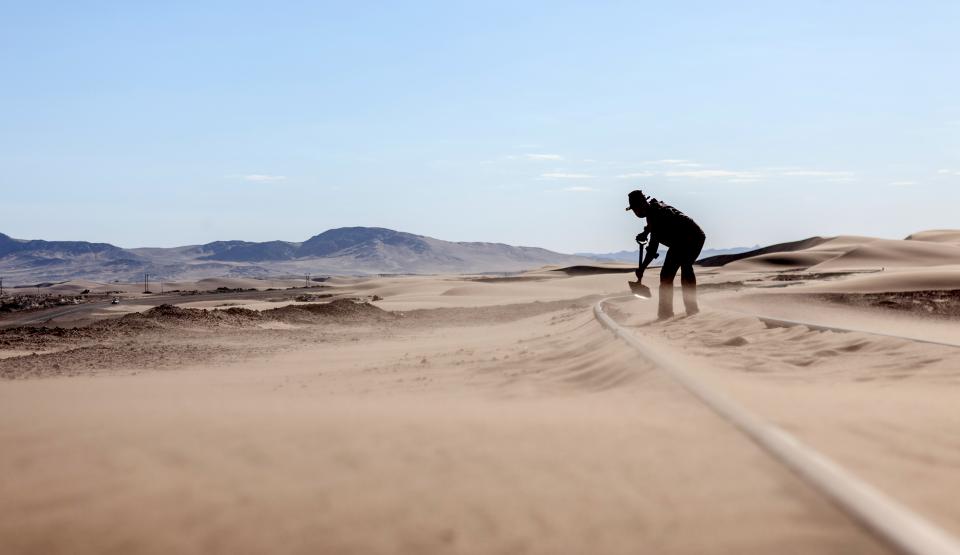There is barely another story in the Bible as deeply engrained in Mankind’s collective memory as the description of the Ten Plagues. Within a few months, Egypt was devastated by a series of disasters that God, Yahweh, had conjured up to manifest his omnipotence. Even in comparison to major worldwide disasters in the 21st century, the Biblical Plagues easily surpass anything we have ever witnessed. Contamination, devastation, death, and disease – each of the Plagues reached unprecedented proportions, and each new disaster struck the people along the Nile harder than the previous one. In five chapters, the Book of Exodus paints a horrendous scenario that shook the very foundations of the kingdom to the core. At the end of the spectacle stood the exodus of the Israelites: The pharaoh released the people, whom he had oppressed for decades, from their slavery. Under the leadership of Moses, an enormous trek started to cross the desert. According to the Bible, more than 600,000 people heeded the call, hoping to find a new home in Canaan, the Promised Land, “flowing with milk and honey.” For a long time, scientists from various fields have been trying to ascertain whether the Plagues were based on actual events or whether they are purely the stuff of legends. Egyptologists interpret them as a mythical duel between Yahweh and the numerous gods in the land on the Nile. They consider the account a propaganda text depicting the struggle between two religious concepts: the Israelites’ monotheistic belief in a single God versus the Egyptians’ idea of a pantheon of thousands of otherworldly beings. Scientists prefer to steer clear of such debates. Using the Scriptures as a historical source and looking mainly for hard facts, they were able to prove that the account of the Plagues was based on actual events. More than 3,000 years ago, the Nile Valley’s sensitive ecosystem was thrown off balance again and again by extreme flooding, alternating with periods of drought – with disastrous consequences for the population, since the kingdom’s agriculture depended entirely on this mighty river. Centuries after these natural disasters, stories about those dark times still circulated in the old Middle East, burning themselves into people’s memories. Medical papyri and other accounts from Ancient Egypt point to extraordinary contaminations of the Nile waters and the resulting chain reaction. In the first century A.D., Pliny the Elder, the “father of science,” came to the conclusion that the Ten Plagues were a description of massive ecological breakdowns. To modern science, these long-neglected texts confirm their own findings. In the first episode of the three-part series, The Biblical Plagues, scholars deal with the first six natural disasters. In the Nile, scientists discovered deadly microorganisms that caused the fish to die and a stress situation among the frog population. They also found conclusive explanations for the enormous swarms of insects, the disease rampant among the livestock, and the dangerous boils afflicting all life forms. Archeologists Dr. Edgar Pusch and Professor Manfred Bietak, renowned experts in their field, go one step further with their thesis: an ecological disaster, as documented in Exodus, turned Pi-Ramesses, the flourishing center of power for Pharaoh Ramesses II, into a ghost town. A sustained drought period led to the collapse of the legendary metropolis on the Pelusiac Branch of the Nile, forcing its population to search for a new home. The documentary, “Duel on the Nile,” presents the spectacular results of the most recent scientific investigations and provides answers to one of the greatest mysteries of the Biblical world.













